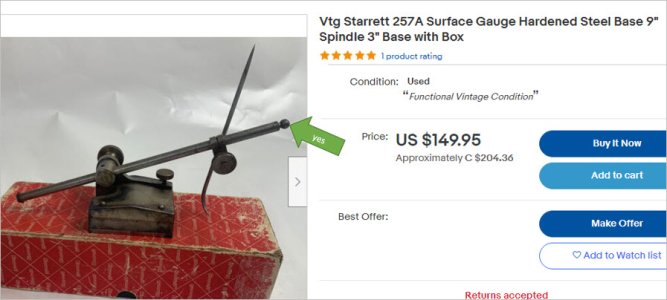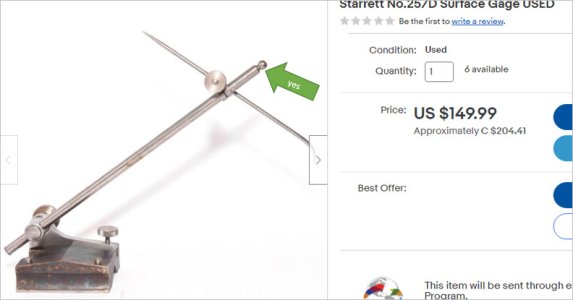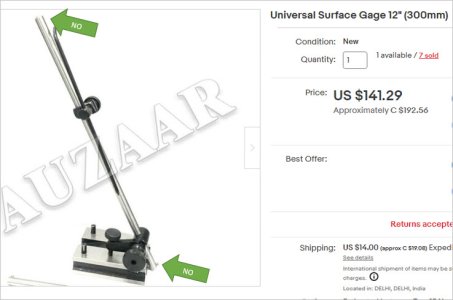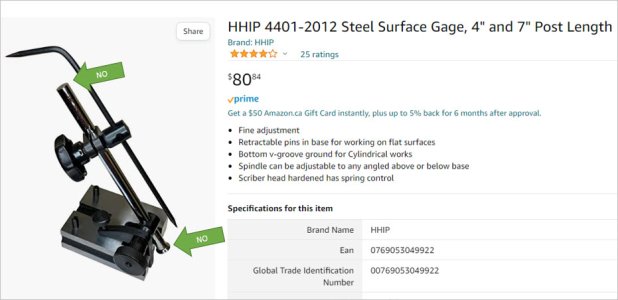I'm just trying to wrap my head around how you guys go from a manual milled squared up block , lets say for argument sake.. out of squareness by .0015 over 6" per side... to scraping the block to size within a tenth over 6".
I see. Me? I would expect my milled block to be a bit better than that. Under a thou anyway. Then it would go to the surface grinder to get it to a tenth.
@McGiver would prolly do the same. But not everything can be put onto a surface grinder and that's when his skills (not mine) become way more valuable.
I don't think the block you refer to was some kind of unique metal. I think what you were looking at was the scraping marks. Just my opinion though.






